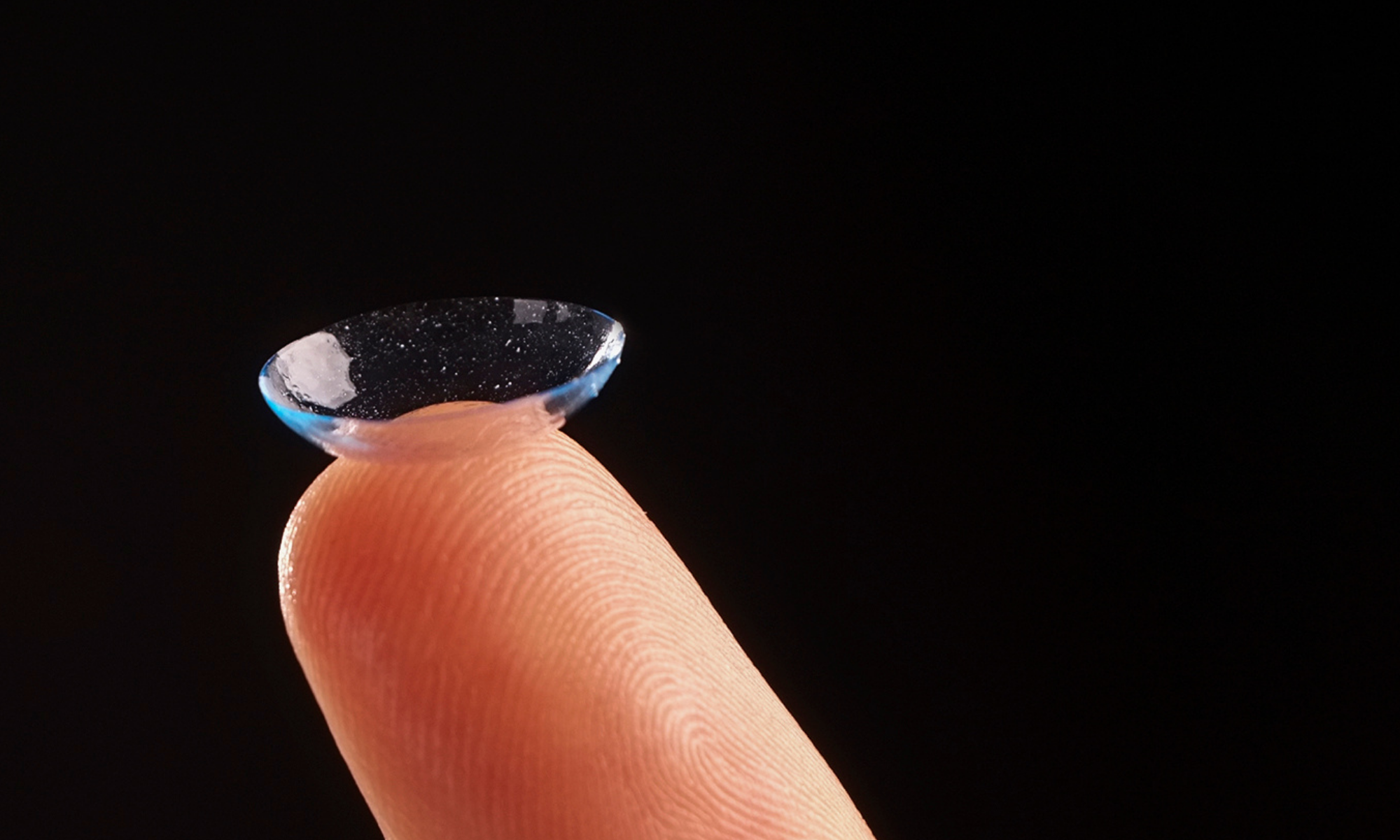Oled Contact Lenses Revolutionize Retinal Diagnosis

Electroretinography (ERG), a crucial tool in diagnosing retinal conditions, is undergoing a dramatic transformation thanks to a groundbreaking innovation from a team of Korean researchers. By integrating an ultrathin organic light-emitting diode (OLED) into a contact lens, they have created a wireless diagnostic platform that could redefine how eye health is monitored.
The traditional ERG procedure often requires cumbersome equipment in a darkroom setting, posing challenges for both practitioners and patients. However, this new development simplifies the process significantly. Led by Professor Seunghyup Yoo from the Korea Advanced Institute of Science and Technology (KAIST), in collaboration with experts from Seoul National University Bundang Hospital, POSTECH, and the Electronics and Telecommunications Research Institute (ETRI), the team has successfully demonstrated a contact lens-based system that operates independently without the need for large devices.
This innovative lens is equipped with an incredibly thin OLED, only about 12.5 micrometers thick, much thinner than a human hair. The lens also features a wireless power receiving antenna and a control chip, allowing it to function autonomously. Power is supplied via a wireless method using a 433 MHz frequency, ensuring stable communication and operation. This technology was effectively integrated into a wireless controller within a sleep mask, demonstrating its practical usability alongside a smartphone.

Unlike traditional light sources used in smart contact lenses, which often rely on inorganic LEDs that can cause excessive heat, these OLEDs emit light across a surface area. This characteristic allows them to function at lower brightness levels, reducing heat risks while still producing reliable diagnostic results. Tests on animals have shown that the lens maintains a safe temperature below 27°C, ensuring no damage to the eye even in humid conditions.
Professor Seunghyup Yoo notes that this is a pioneering attempt to combine the flexibility and unique light-emitting properties of OLEDs into contact lenses. He believes this advancement could pave the way for new smart contact lens technologies aimed at optical diagnostics and phototherapy, thus contributing to the broader field of digital healthcare technology.
The details of this research were published in the journal ACS Nano, marking a significant step forward in personalized health monitoring and the potential expansion of smart contact lens applications.